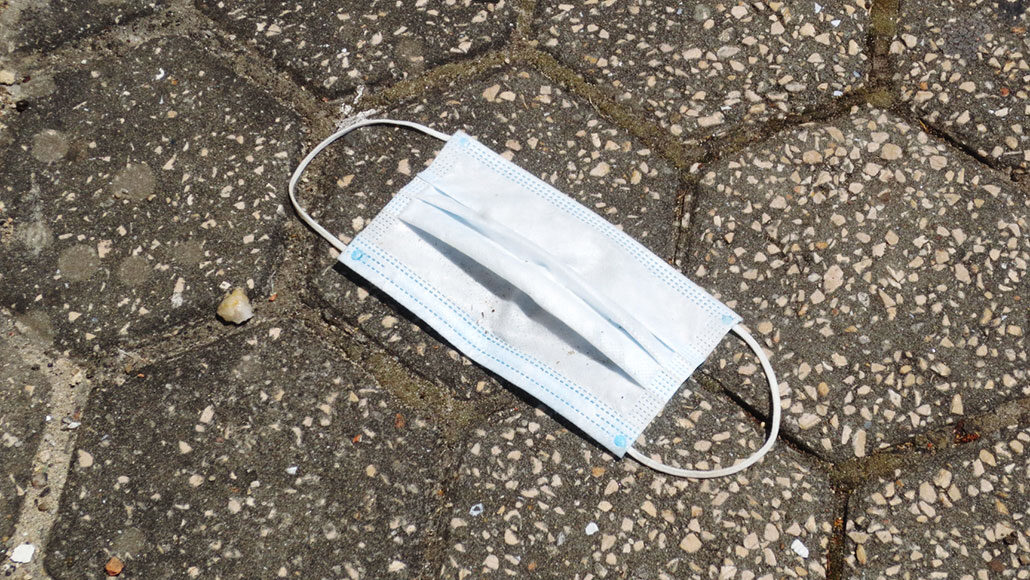Unmasking the pandemic’s pollution problem
Tanveer Adyel began to notice the trash in March. This was early in the COVID-19 pandemic. He saw latex gloves and blue, disposable masks littering his garden and street. Other types of personal protective equipment, or PPE, including face shields, were also among the trash. Soon, he spotted lots of thin plastic bags from grocery stores. Those bags had been banned in his state the previous year.
Adyel is an engineer at Monash University in Melbourne, Australia. He studies the impact of tiny pieces of plastic — called microplastics — on the environment. Melbourne city workers tried to keep up by emptying overflowing trash cans. The problem, however, has continued to grow.
People produce, consume and throw out a lot of stuff. In 2018, U.S. residents alone sent some 146 million tons of garbage to landfills. That’s a little more than 1 kilogram (2.2 pounds) per person, every day. Environmental groups now warn that COVID-19 is exaggerating this trash problem.
Reports from around the world suggest coronavirus pollution is becoming a global issue. In Hong Kong, for instance, surgical masks and gloves litter hiking trails and wash up on beaches. Clean-up crews on beaches in the United Kingdom have reported surges in discarded takeout containers and hand-sanitizer bottles. Cities such as Aspen, Colo., have reported a flood of cardboard boxes. It has grown as people stay home and rely on delivery services like Amazon. By April, many U.S. cities had reported dramatic increases in demand for trash pickups and recycling.
COVID-19 began as a public-health crisis. It still is. As of late January, more than 2 million people had died. Some 100 million had been diagnosed with the infection. But now the pandemic is driving an environmental problem, too.
“Everyone has to focus first on how to survive, of course. And PPE can save us,” Adyel acknowledges. “People are using this to protect themselves. And it’s a great achievement. But we can definitely see a problem in the environment — and it will last for years.
